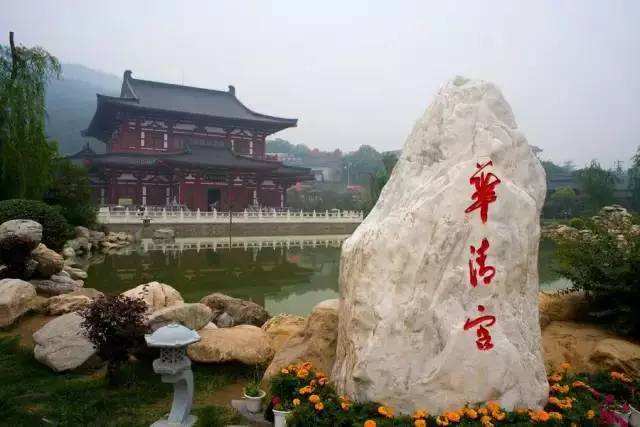Hua-Qing Palace-—-A Model of Imperial Gardens in the Tang Dynasty
1 min readThe Hua-Qing Palace was located in Lingtong County which was 35km away from the present Xi’ an City. Against the Mount Li to its south and facing the Wei River to its north, the palace was established by Emperor Xuanzong as a miniature of Chang’ an City. Garden constructors arranged various architecture on the rolling grounds, which formed a continuous row of halls and pavilions with flowers and trees scattered around them. The garden was extremely fantastic when the gold sunsetlingered on the purple mount. The Hua-Qing Palace, founded without changing its original landforms, is an excellent example of Chinese natural mountain and water gardens.

The Huang-Qing hot spring in the Palace was as famous as the anecdotes of Yang Yuhuan, Emperor Xuanzong’s favorite concubine. The hot spring was discovered three thousand years ago, and later King You of the Western Zhou regime established a palace named Palace Li. Since then, the hot spring area became a temporary dwellingplace for kings and emperors of different dynasties. The Huang-Qing Palace had its largest architecture clusters in the Tang dynasty. Emperor Taizong built there a ho spring palace during his reign. His great-grand son, Emperor Xuanzong, changed itsname into Hua-Qing Palace and constructed a pond named Hua-Qing, where water was either gathered or separated on its surface. The water in the pond, though clean and clear, created an immeasurable depth veiled in mystery.









